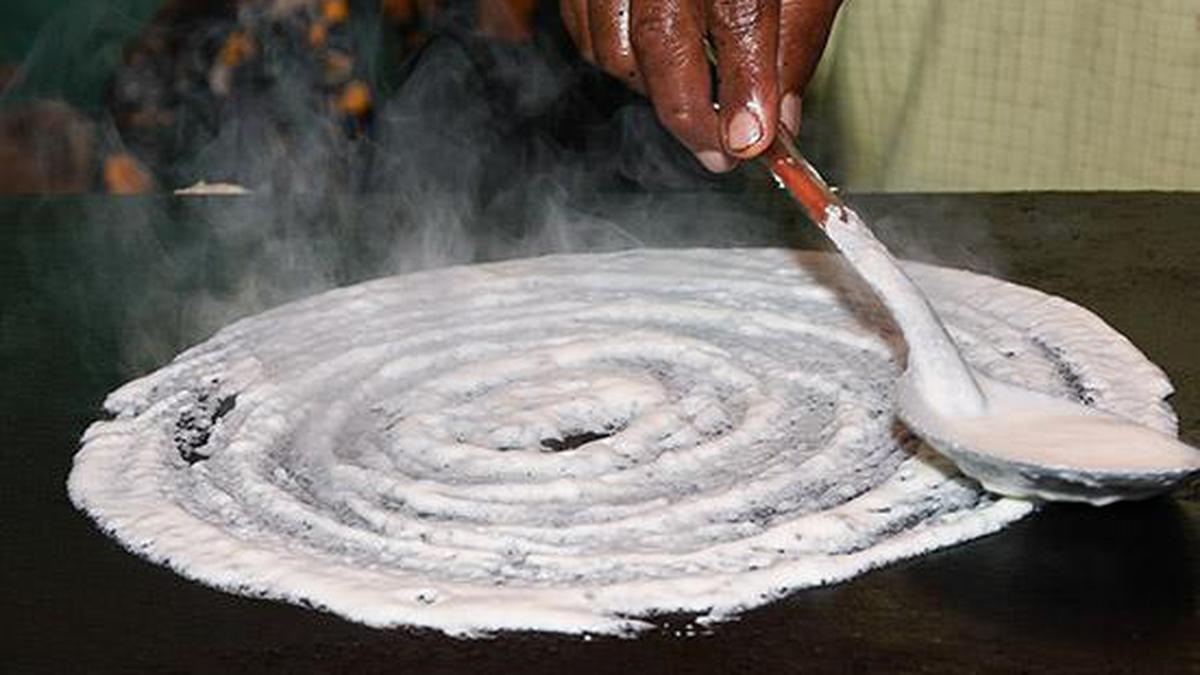A scene at a vegetable market in Delhi.
| Photo Credit: SUSHIL KUMAR VERMA
India’s retail inflation stayed under the Reserve Bank of India’s median target of 4% for the second successive month in August, even as it inched up marginally to 3.65% from an upwardly revised 3.6% in July. August’s inflation pace is the second-slowest in five years.
Base effects from last August, when retail prices rose 6.8%, helped keep the inflation pace in check, but food inflation quickened from July’s 13-month low of 5.4% to 5.7% and crossed the 6% mark in rural India.
Overall rural inflation was more elevated than that faced by urban consumers, rising marginally from 4.1% in July to 4.16%, while urban inflation stood at 3.14% in August.
On a month-on-month basis, the Consumer Price Index (CPI) was flat, while the Consumer Food Price Index declined 0.44%. However, the rural food price index declined just 0.25% while urban food prices dropped 0.9% on a sequential basis.
Tomatoes reported the sharpest drop in prices, declining 47.9% year-on-year, and 28.8% on a month-on-month basis. The National Statistical Office said India’s food inflation for August is the second lowest since June, 2023.
Despite the respite on tomato prices, vegetable inflation shot back into double-digits to hit 10.7% after slipping to 6.8% in July. Spice prices fell 4.4% from last August, but pulse inflation stayed firm at 13.6% – marking the 15th straight month of 10%-plus price rise.
Prices of fruits rose 6.5%, while inflation in eggs rose to 7.14% from 6.8% in July. Cereals provided some relief, easing from over 8% to 7.3% in August.
Inflation in personal care and effects cooled to 7.94% in August from 8.44% in July.
Among the 22 States, including the erstwhile State of Jammu and Kashmir, that the NSO calculates inflation rates for, just seven States outpace the national average of 3.65%. Bihar clocked the sharpest inflation at 6.62%, followed by Odisha (5.63%), Assam (5.03%), Uttar Pradesh (4.9%), Haryana (4.12%) and Kerala (4.1%).
Published – September 12, 2024 05:51 pm IST










